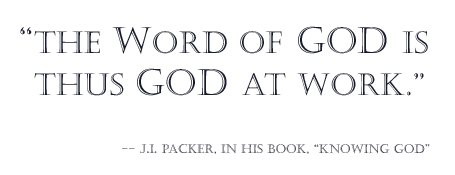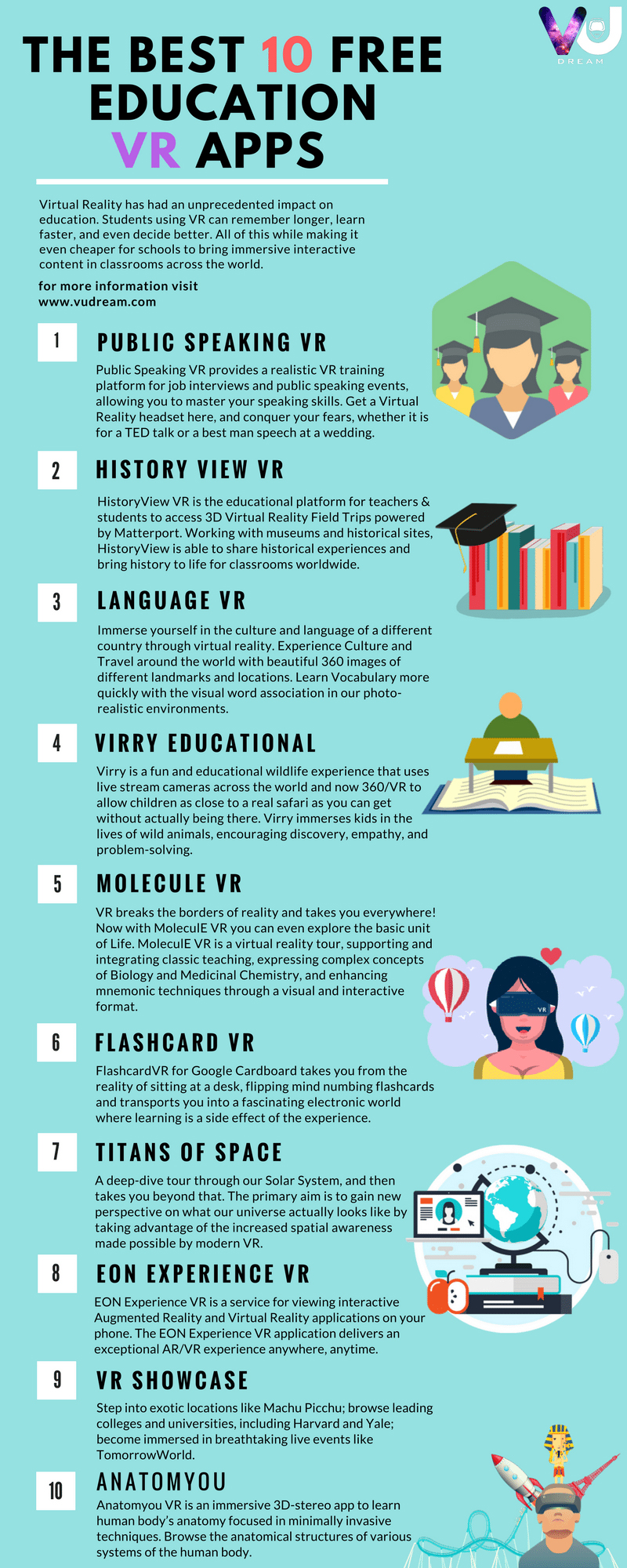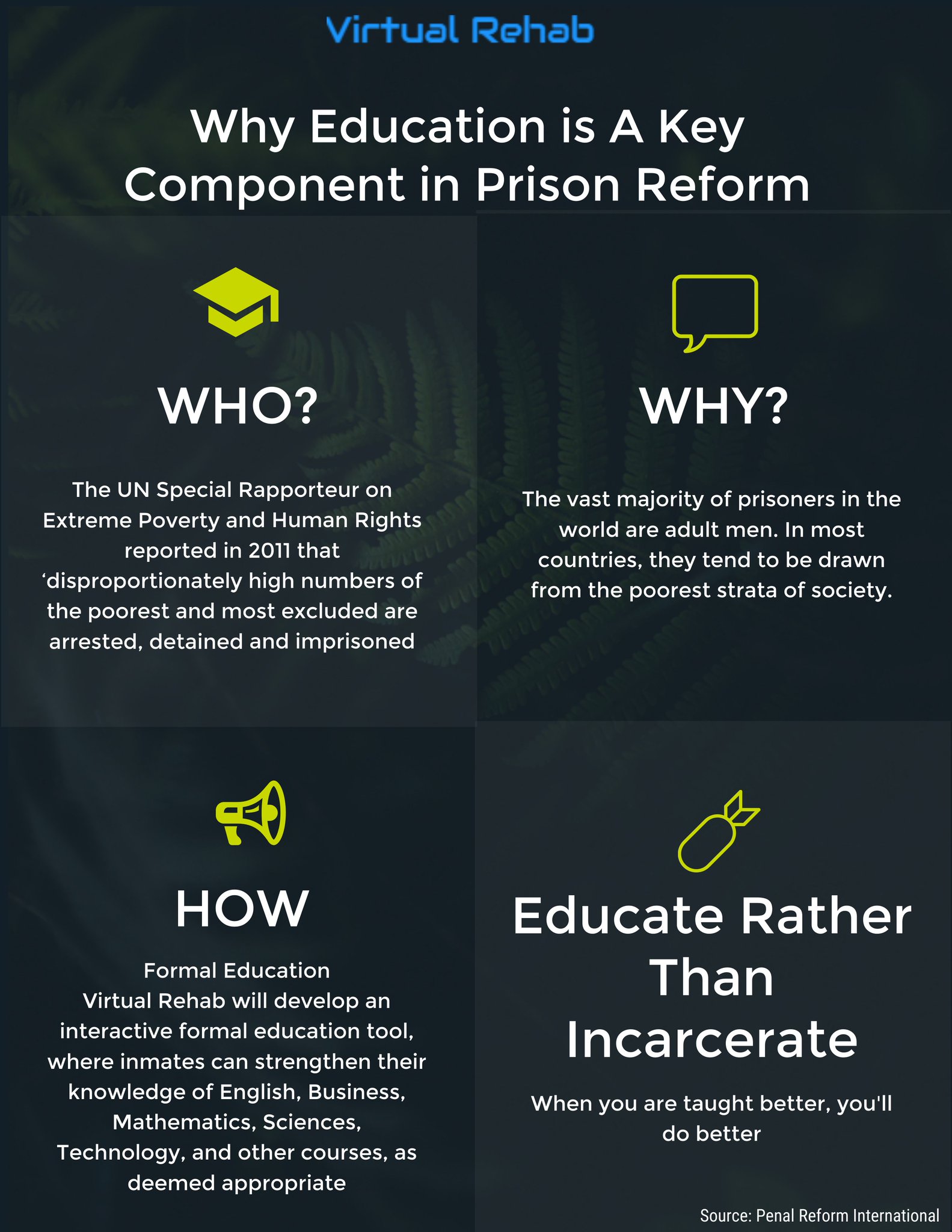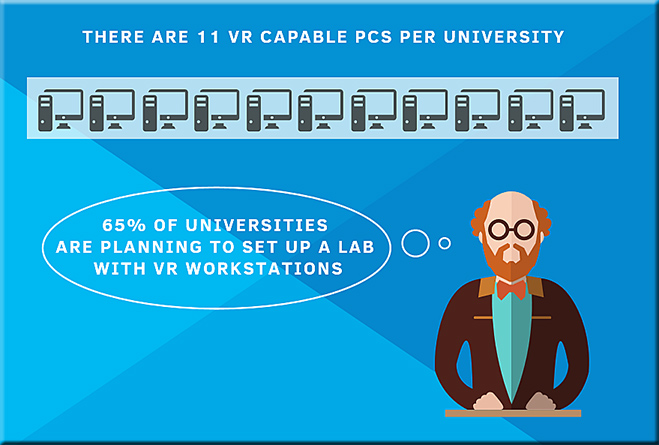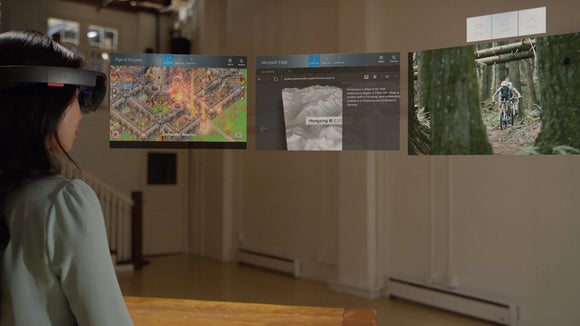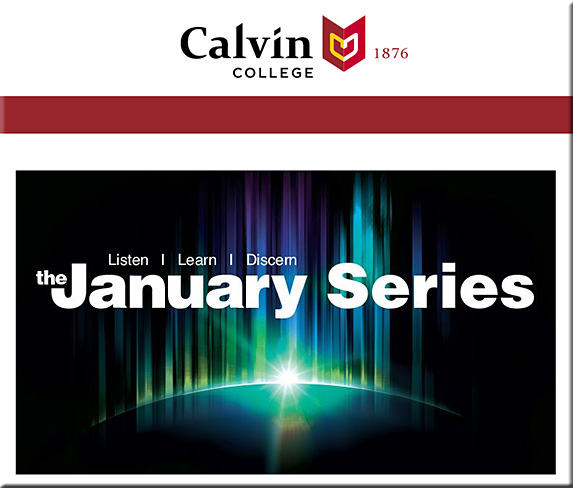5 benefits of using Augmented & Virtual Reality Technologies in eLearning — from elearningindustry.com by Christoper Pappas
Are you looking for ways to make your eLearning course stand out from the crowd? What if I told you there is technology that can help you achieve not only that but also increase online learner engagement and motivation? In this article, I’ll share the most notable benefits of using Augmented and Virtual Reality technologies in your eLearning course.
Excerpt:
Although their full implications are yet to be explored, alternate reality technologies make eLearning more engaging and productive. They are here to stay, and who knows what benefits they will bring to future learners. As the technology evolves, so too will the applications in eLearning. Which is why it’s essential for eLearning pros to keep up with cutting-edge tech and think of new and innovative uses for AR and VR tools.
National Museum of Finland Offers Virtual Time Travel — from vrfocus.com by
Visitors can step into the world of Finland in 1863 with the power of virtual reality.
Every type of AR and VR explained, from Rift to HoloLens and beyond — from t3.com by David Nield
Know your augmented from your virtual
Augmented reality lets doctors peer inside the body like never before — from nbcnews.com by Tom Metcalfe
New devices will end ‘historic disconnect’ in doctors’ treatments of patients.
Excerpt:
Augmented reality (AR) technologies that blend computer-generated images and data from MRI and CT scans with real-world views are making it possible for doctors to “see under the skin” of their patients to visualize bones, muscles, and internal organs without having to cut open a body.
Experts say AR will transform medical care by improving precision during operations, reducing medical errors, and giving doctors and patients alike a better understanding of complex medical problems.
Healthcare VR innovations are healing patients — from cio.com by Peter Nichol
Virtual reality is healing patients with augmented technologies. The patient experience has been transformed. Welcome to the era of engaged recovery — the new world of healing.
Excerpt:
Three emerging realities will change the hospital experience with unparalleled possibilities:
- Virtual reality (VR): full immersion, a simulated reality.
- Mixed reality: partial immersion, virtual objects in a real world.
- Augmented reality (AR): information overlay, simulated information on top of the real world.
Today, we’ll explore how advances in virtual reality are creating worlds that heal.
…
The next generation of clinical education
The list of possibilities for VR is endless. Augmented and virtual reality medical solutions are removing distractions, improving the quality of critical thinking, and maturing learning solutions, saving time and money while supercharging the learning experience. Explosive developments in 3D virtual and augmented reality have taken clinical education and hands-on learning to the next level.
…
Innovation is ever present in the virtual reality space for healthcare.
- Mindmaze has developed a breakthrough platform to build intuitive human-machine interfaces combining virtual reality, computer graphics, brain imaging and neuroscience.
- MindMotionPRO is a healthcare product offering immersive virtual reality solutions for early motor rehabilitation in stroke patients.
- Live 360 uses consumer-level virtual reality devices such as the Oculus Rift.
- Medical Realities offers systems designed to reduce the cost of training.
- ImmersiveTouch is a surgical virtual reality technology that offers a realistic surgical touch and feel. It also brings patient images to life with AR and VR imaging.
- BioFlight VR offers a broad range of medical VR and AR services, including VR training and simulations, AR training, behavior modification and 360-degree video.
- Zspace is an immersive medical learning platform, virtualizing anatomical representations into complete procedural planning. zSpace brings a new dimension to medical learning and visualization across three spaces: gross anatomy VR lab (13,000 plus anatomical objects), teaching presentation view (share the teaching experience with the class via HD TV) and DICOM Viewer (volumetrically render 2D DICOM slices).
Digital reality A technical primer — from deloitte.com
Excerpt:
Digital reality is generally defined as the wide spectrum of technologies and capabilities that inhere in AR, VR, MR, 360° video, and the immersive experience, enabling simulation of reality in various ways (see figure 1).


Key players in digital reality
In terms of key players, the digital reality space can be divided into areas of activity:
- Tools/content—platforms, apps, capture tools, etc.
- Application content—information from industry, analytics, social, etc.
- Infrastructure—hardware, data systems, HMDs, etc.
Increasing investment in infrastructure may drive the growth of software and content, leading to new practical applications and, possibly, an infusion of digital reality software development talent.
This All-Female Founders Pitch Event Was Held in VR — from vrscout.com by Malia Probst
Hailing from 26 countries across the world, people came together in virtual reality to cheer on these top female founders in the XR industry.
How AR, VR and MR can Revolutionise Consumer Tech — from kazendi.com by Pauline Hohl
Excerpt:
Enterprise leading consumer tech adoption
Concerning the need for a VR/AR eco system Max referred to the challenge of technology adoption: people need to be able to try different use cases and be convinced about the potential of AR ,VR and MR. In order to become available (and affordable) for consumers, the technology would have to be adapted by businesses first as the story of 3D printing shows as one example.
He also highlighted the importance of the right training for users to reduce the general learning curve for immersive technology. Poor instructions in the first instance can lead to bad user experiences and cause doubt and even a dismissall of ‘new’ technologies.
We see this firsthand at Kazendi when users try out Microsoft HoloLens for the first time. Max commented that: ‘When people try to make the basic hand gestures and fail they often take the device off and say it’s broken.’
We do have a robust entry demo process to combat this but at the consumer level, and this is as true for VR as much as it is for MR and AR, there is little room for error when learning curves are concerned.









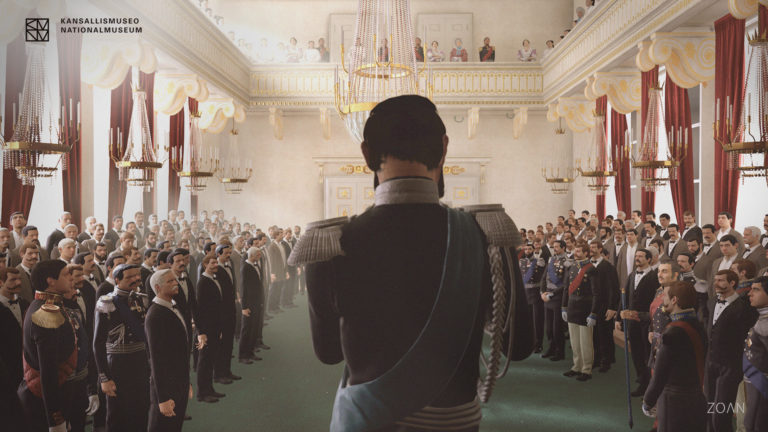
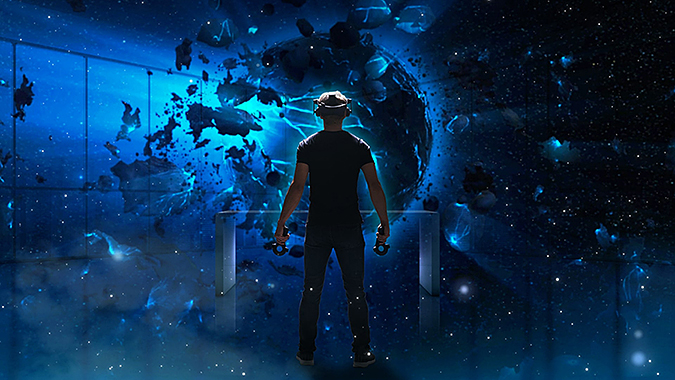




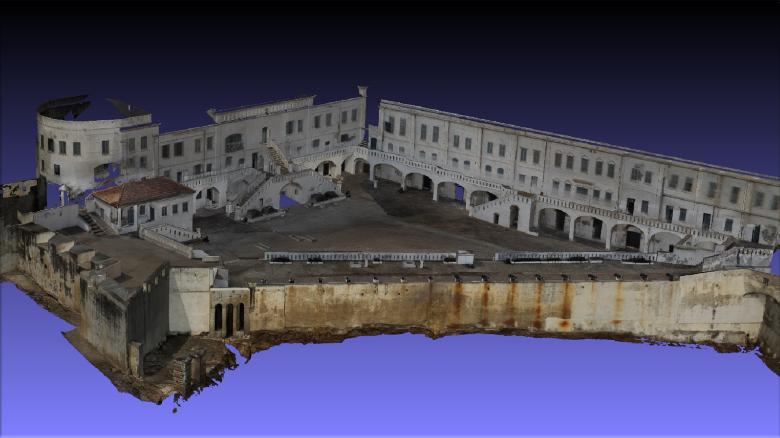

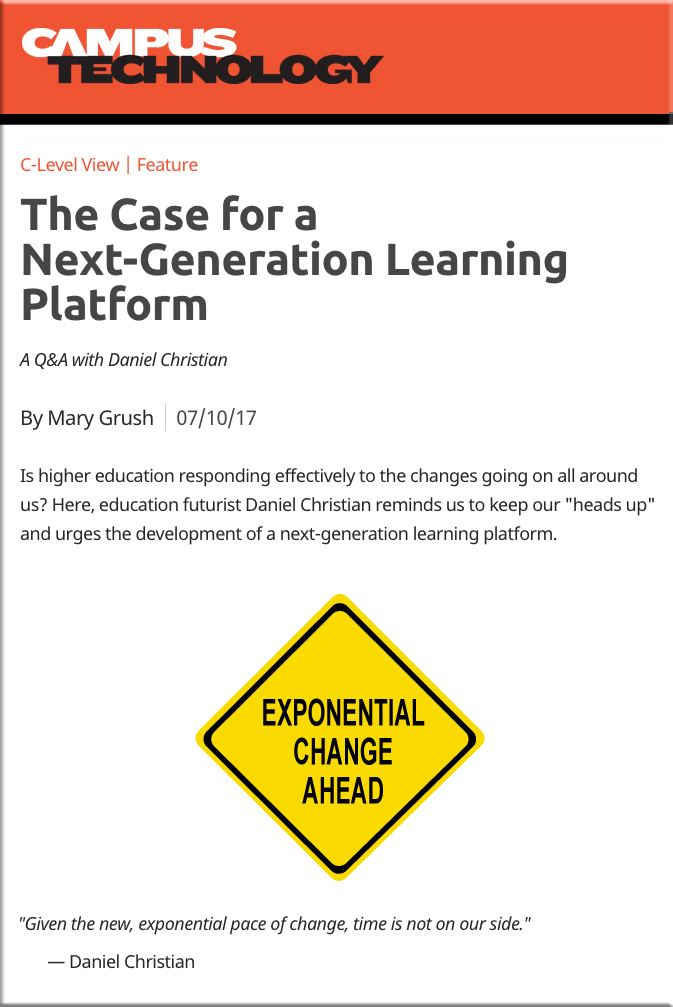
![The Living [Class] Room -- by Daniel Christian -- July 2012 -- a second device used in conjunction with a Smart/Connected TV](http://danielschristian.com/learning-ecosystems/wp-content/uploads/2012/07/The-Living-Class-Room-Daniel-S-Christian-July-2012.jpg)


